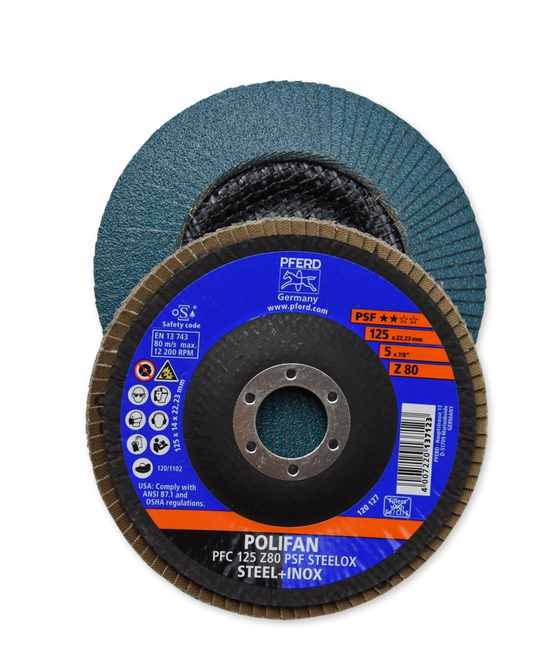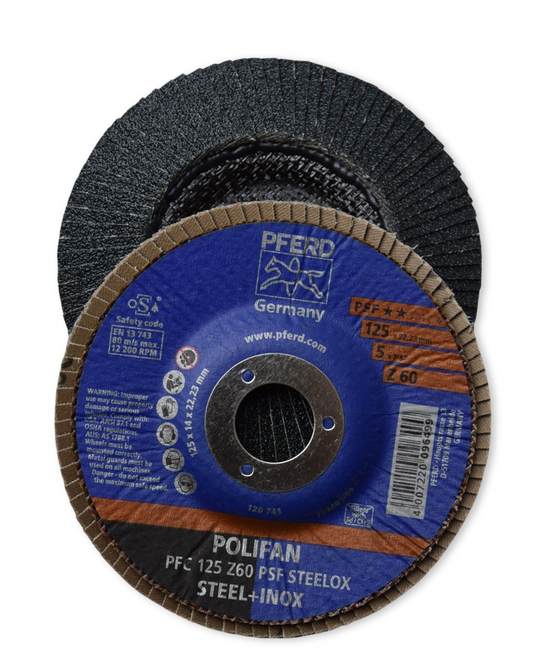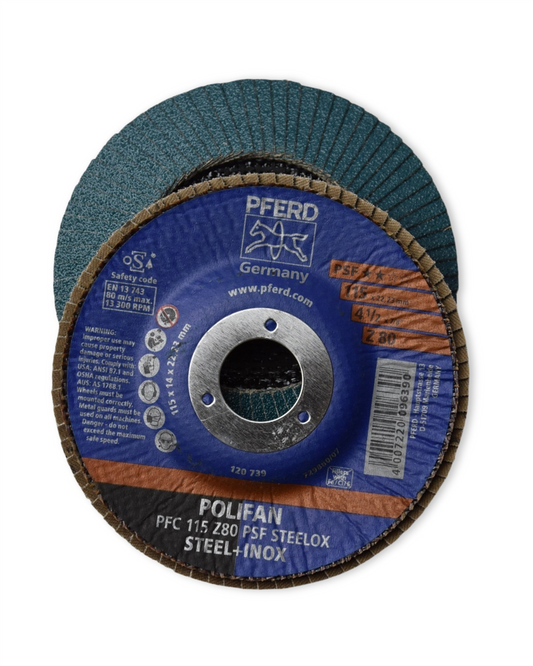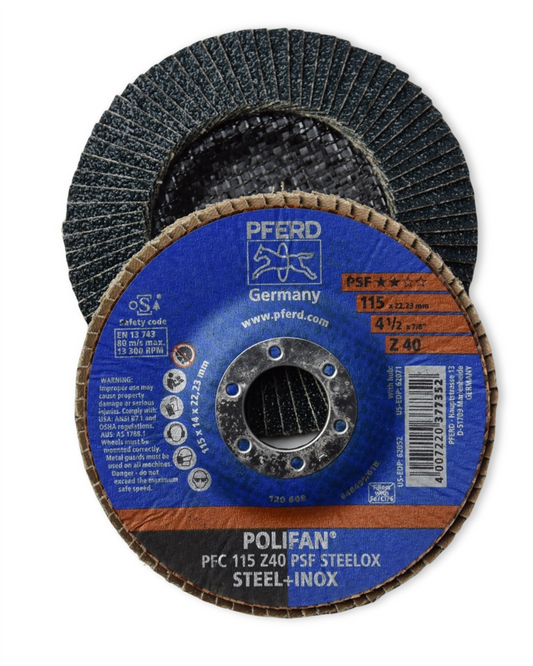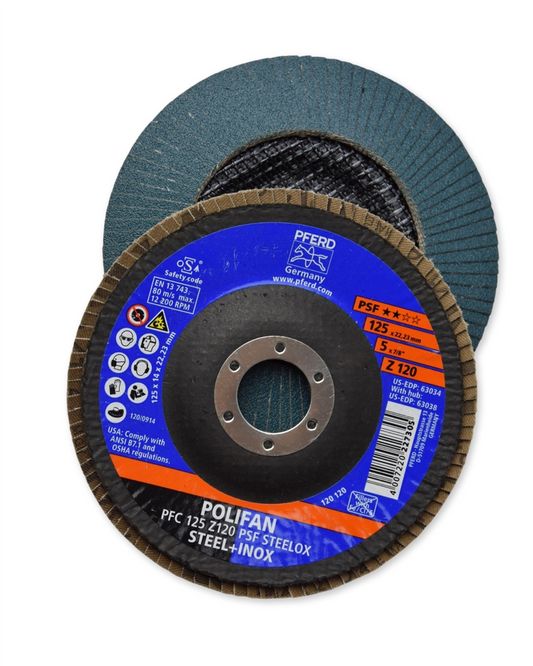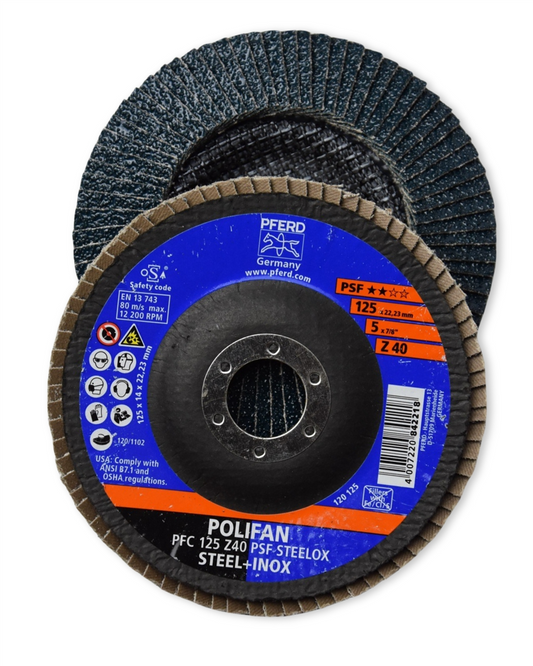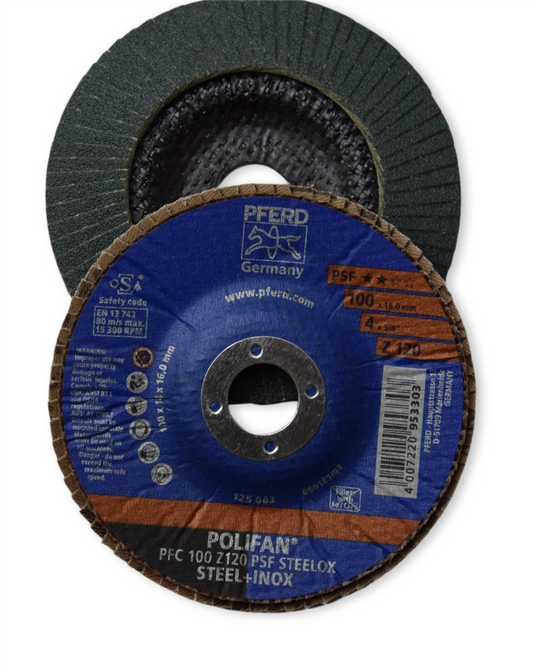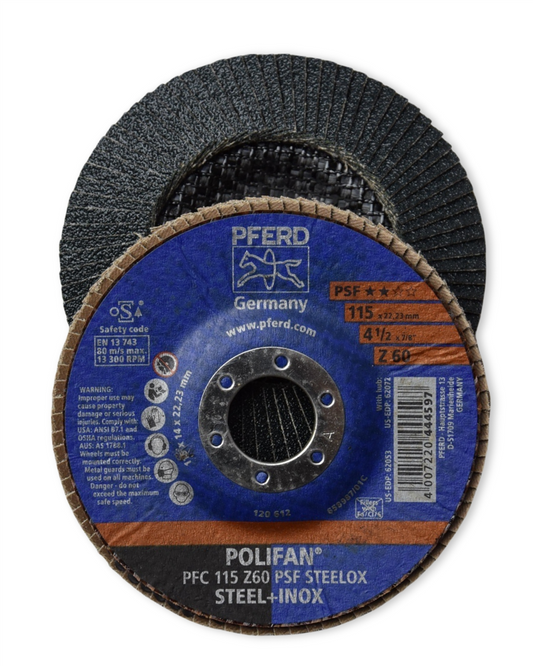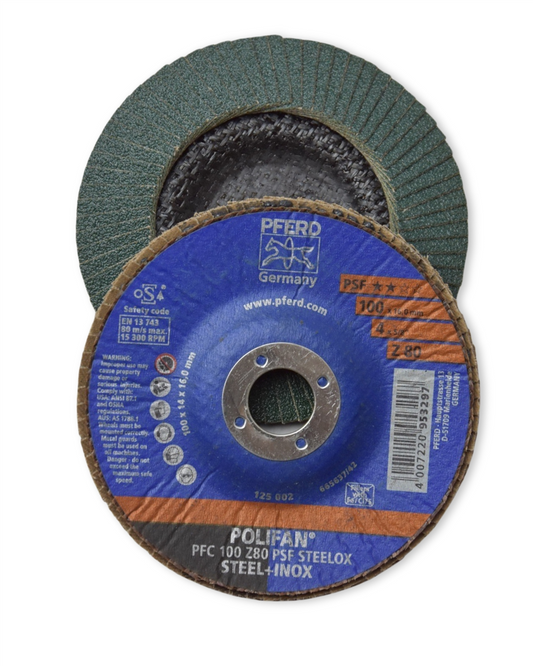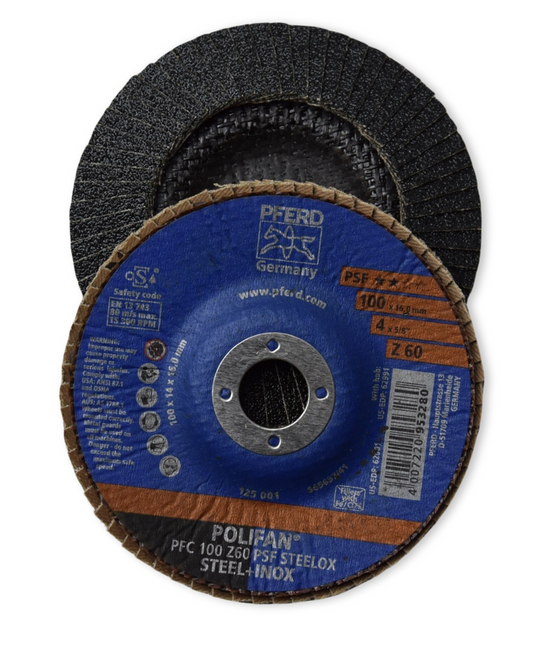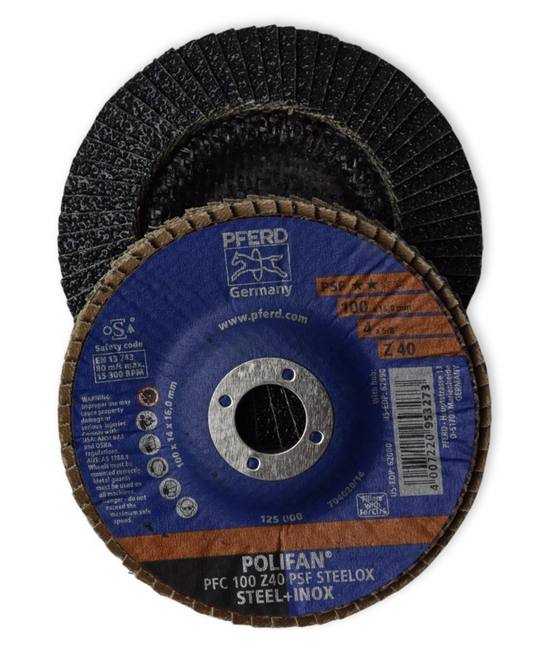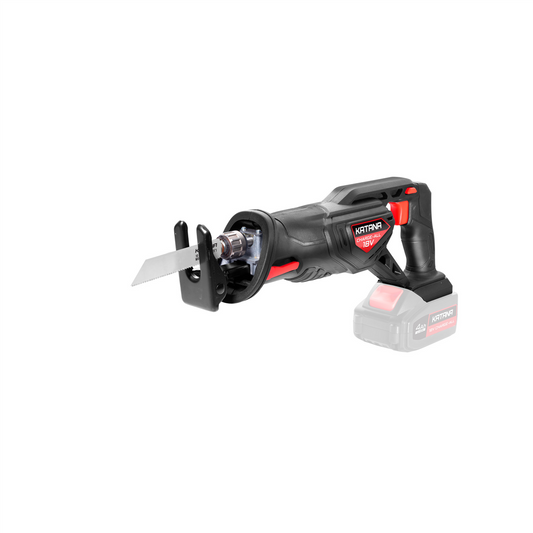Hikoki’s finest or not—your battery's dying early... are you unknowingly feeding the problem?
Share
Power Tool Batteries: Storage Secrets That Could Save You Hundreds
How to store and charge power tool batteries safely to extend their life — and avoid surprise failures
It starts with a Hikoki drill and a half-finished gate latch repair. You pull the trigger… and nothing. Battery’s dead. But the real surprise? It was fully charged just last week.
This kind of fuss isn’t just annoying — it’s a sign your battery care routine might be quietly cutting your tools short.
A charged battery isn’t a healthy battery
In our in-store chats, we’ve seen it time and again: batteries tossed in a shed drawer or left on the charger for days. Often, they’re still technically ‘working’ — but they don’t hold power like they should. You lose time, trust in your tools, and sometimes even projects.
One of our regulars swapped his old habit of leaving the battery in the shed all year round. Now? Just by changing how he stores it over summer, his old drill runs like it used to — no hiccups when it’s go-time.
“I didn’t think much of it before — now I treat the battery like I do my seedlings. Care matters.”
How batteries wear out behind your back
Heat is sneaky
Leaving a lithium-ion battery in a hot garage or tin shed can drain performance faster than the tools themselves do. Temperatures over 30°C can start to break down the internal components, leading to swelling, reduced runtime, and eventual failure.
Cold isn’t your friend either
While heat breaks batteries down, extreme cold slows their chemistry and makes them sluggish. That means a battery left in a frosty, uninsulated shed may work this morning — only to quit on you mid-project that afternoon.
The quiet killer: overcharging
If you’re in the habit of plugging in your battery and forgetting it… the long-term cost adds up. Chargers without auto shut-off can keep feeding voltage, stressing the battery well past what it can handle.
Better habits made simple
1. Give them a proper home
- Store batteries in a dry, cool place — around 15–25°C is ideal. Think linen cupboard over steel shed.
- Keep them off concrete floors. Use a shelf or box to avoid drawing moisture.
- Avoid storing in direct sunlight or anywhere prone to temperature swings.
2. Charge with intention
- Only charge when needed — lithium-ion batteries don’t need full discharges, but constantly topping up for ‘just in case’ can reduce lifespan.
- Use the charger made for your battery — mismatched brands or third-party chargers can alter voltage tolerances.
- Unplug once fully charged. If your charger doesn’t switch off automatically, set a timer on your phone.
3. Check in, just like you water plants
If your tools haven’t been used in a month or more, give the batteries a quick visual once-over. No swelling, strange smells, or rust at the contacts? You’re good. If you spot anything off, it’s time to retire that one safely.
Care today, longevity tomorrow.
Throwing tools in the shed and forgetting about them felt good after a hard day’s work. But those same tools are more delicate than they seem — especially the batteries.
Used to be: Store it in the shed, charge it when it dies.
Smarter now: Store it with care, charge it with purpose — use it with confidence.
So what does all this really mean?
Batteries aren’t just accessories — they’re the heart of your power tools. Treating them right means your gear works when you need it, no huffing, no stalling, no fuss.
And the best part? These small changes take minutes. But the peace of mind you’ll gain — priceless.
Happy tinkering, and may your batteries stay strong!
Candeece

Stay Connected
Follow our Facebook Page: Strathalbyn H Hardware on Facebook

